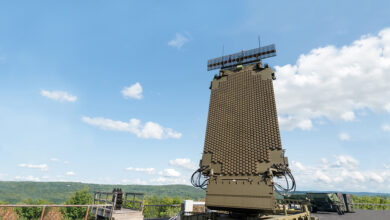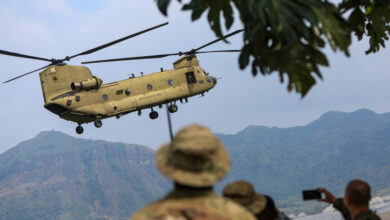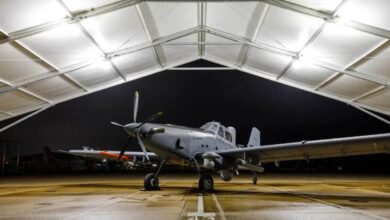The US Air Force and Northrop Grumman have completed a full-scale qualification static fire test of the Sentinel intercontinental ballistic missile (ICBM) stage-one solid rocket motor.
The test further validates the motor’s design and paves the way for the production and fielding of the Sentinel, a replacement for the 50-year-old Minuteman III ICBM.
“As we modernize our nuclear triad, the ICBM Systems Directorate is driven to securely deliver America’s ICBM capabilities,” Air Force program executive officer for ICBMs and director of the Air Force Nuclear Weapon Center’s ICBM Systems Directorate Brig. Gen. William Rogers said.
“This brings us one step closer to fielding the Sentinel weapon system, a vital component of our nation’s strategic deterrence and a testament to our unwavering commitment to national security.”
Static Fire Test
The test confirmed the accuracy of digital engineering models, bringing the stage-one solid rocket motor closer to full qualification.
A team of experts from the Air Force Nuclear Weapons Center and Northrop Grumman are analyzing the test’s results.
It followed the static fire tests of the second and third stages.
“The entire Sentinel team is laser-focused on ensuring the program delivers on its promise of providing an unmatched strategic deterrent,” senior materiel leader and Sentinel system program manager Col. Amanda Okeson said.
“This test is just one tangible example of the team’s dedication and expertise as we move one step closer to completing that promise.”
Sentinel ICBM
The estimated $13.3-billion Sentinel program is expected to be fielded from 2029, with full deployment by 2036.
The Minuteman III replacement will have a modular design and open architecture, allowing capability improvement throughout its lifecycle until 2075.
Moreover, flexibility in components will ensure reduced life cycle costs.
The Minuteman is the land-based leg of the US strategic nuclear triad, including the Trident submarine-launched ballistic missile and nuclear weapons carried by strategic bombers.












